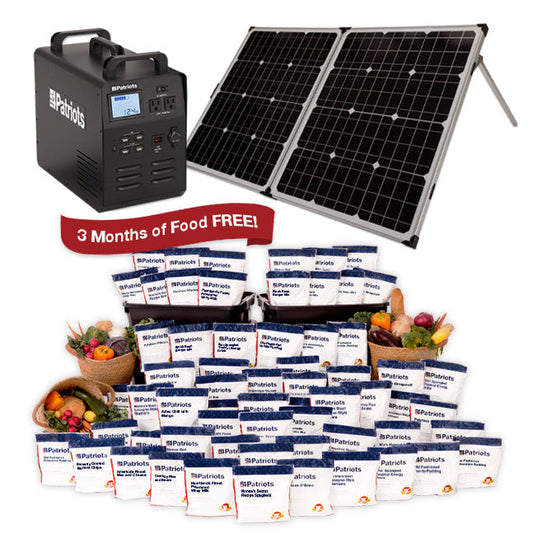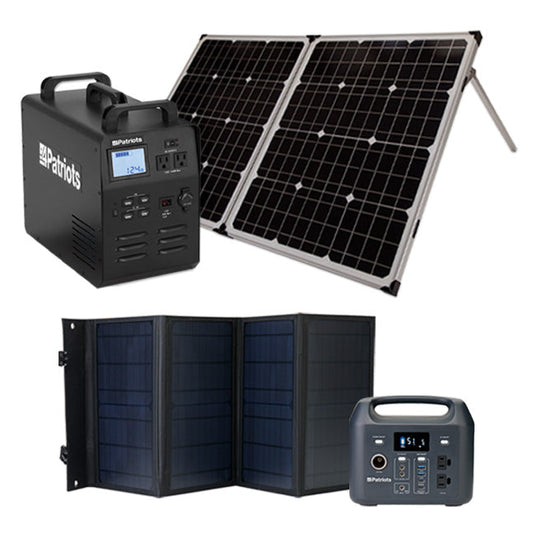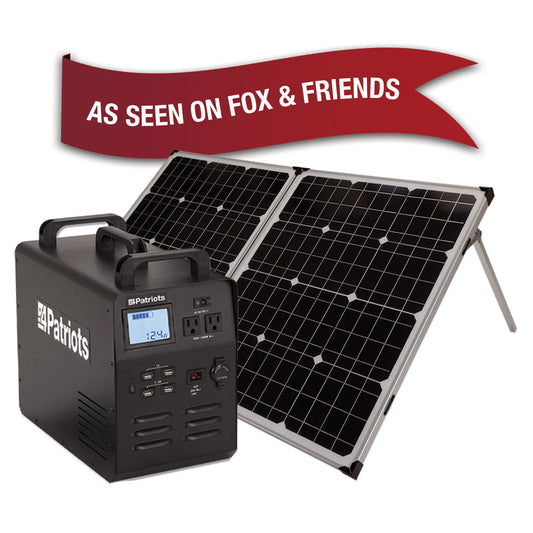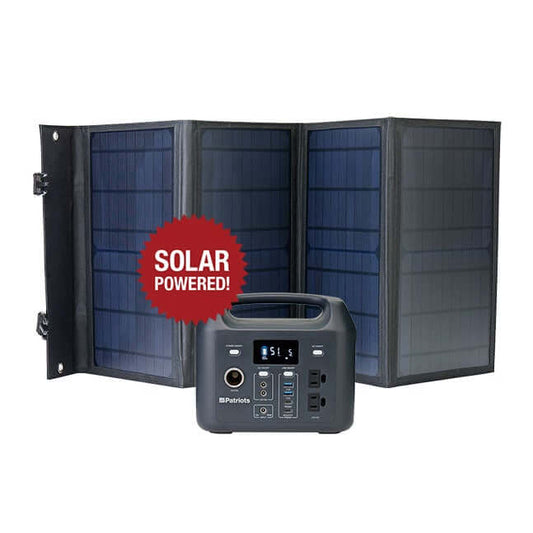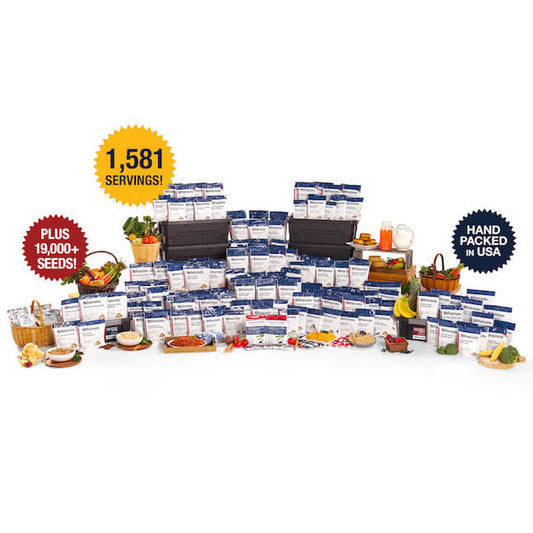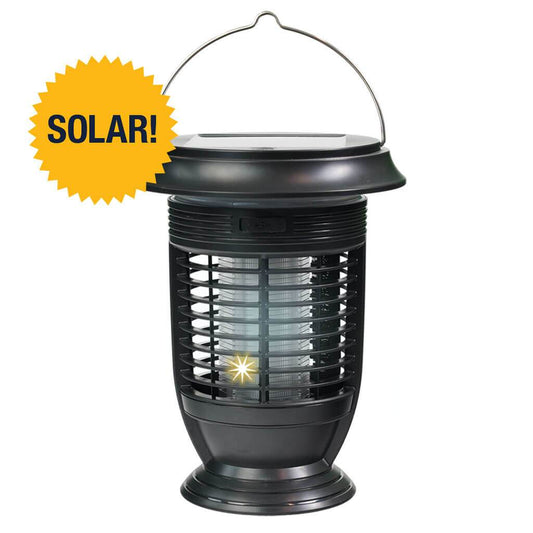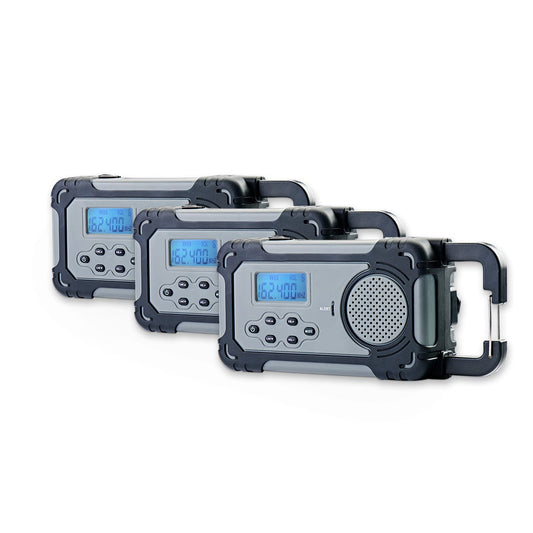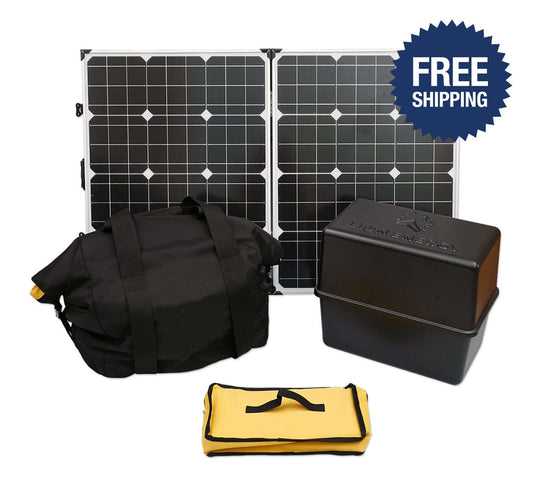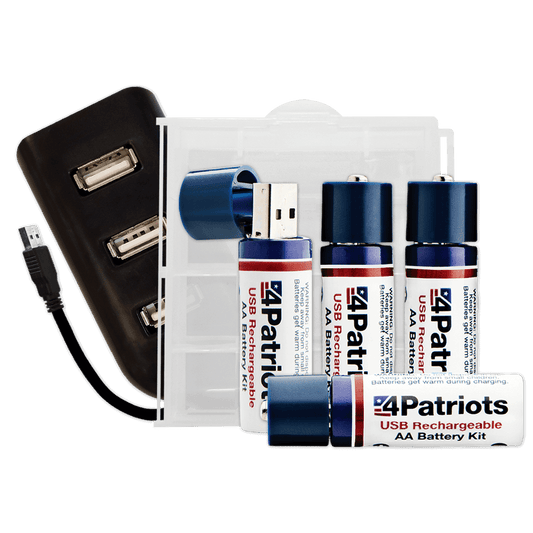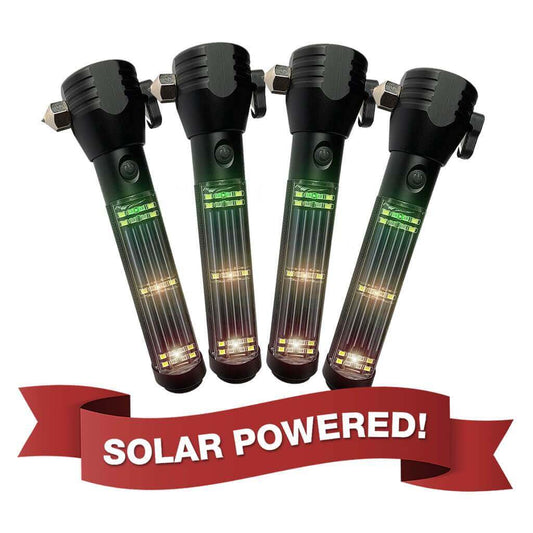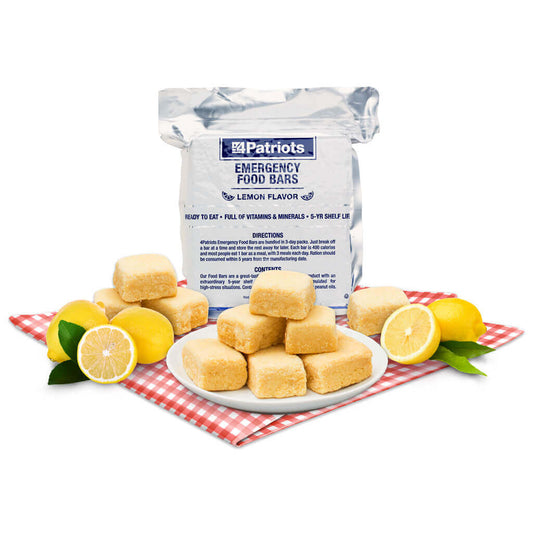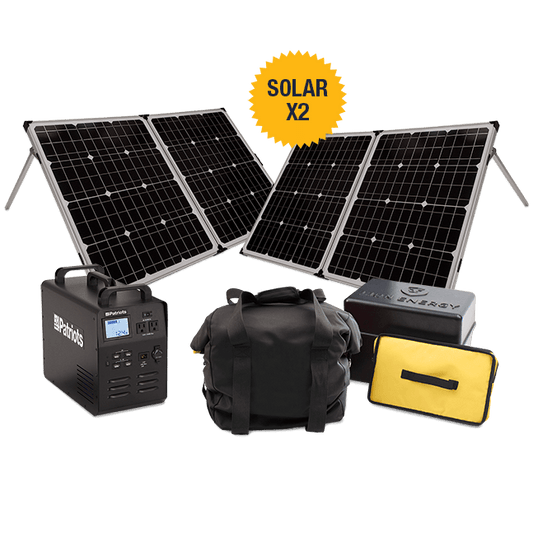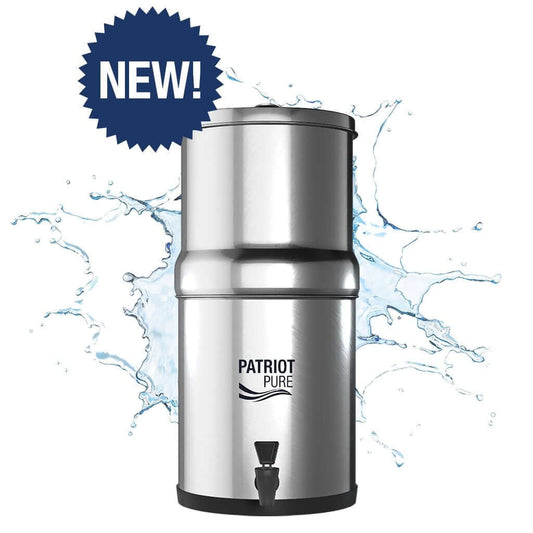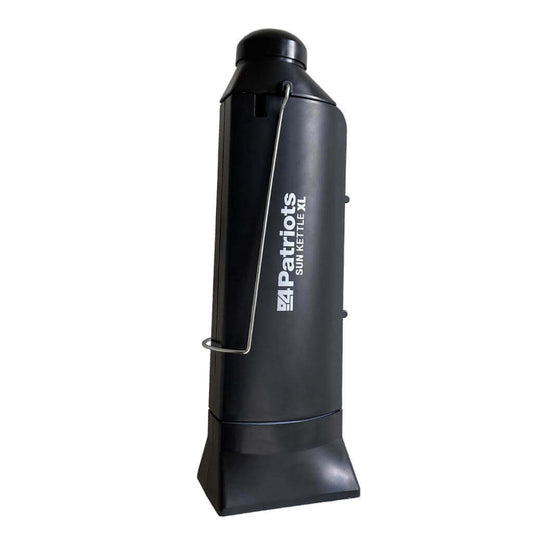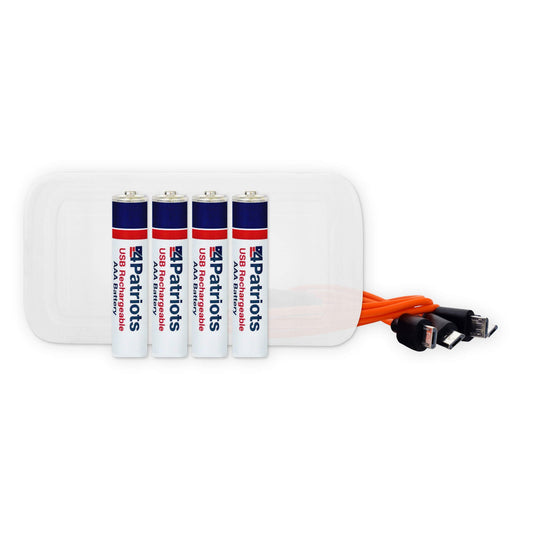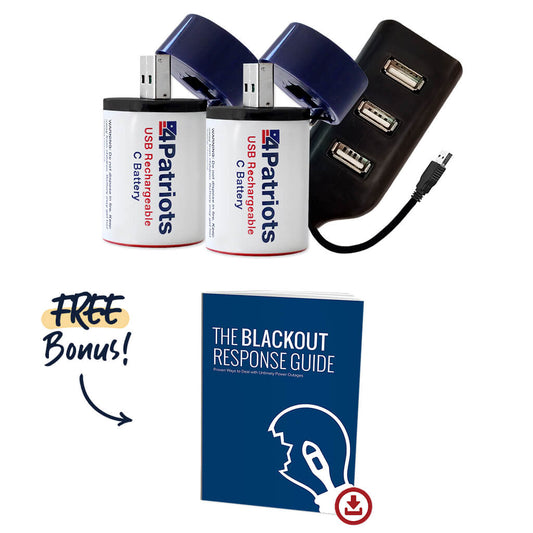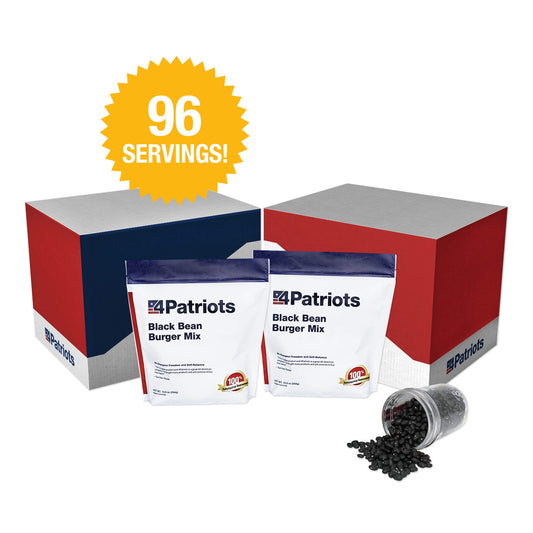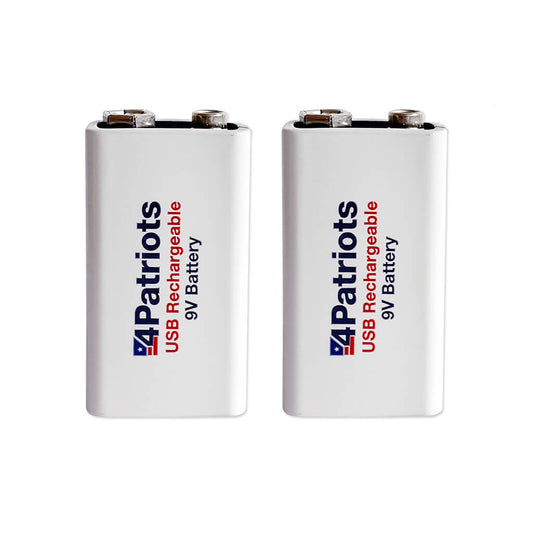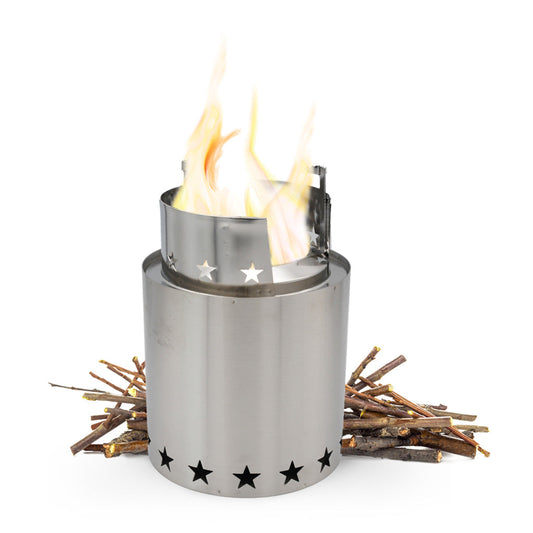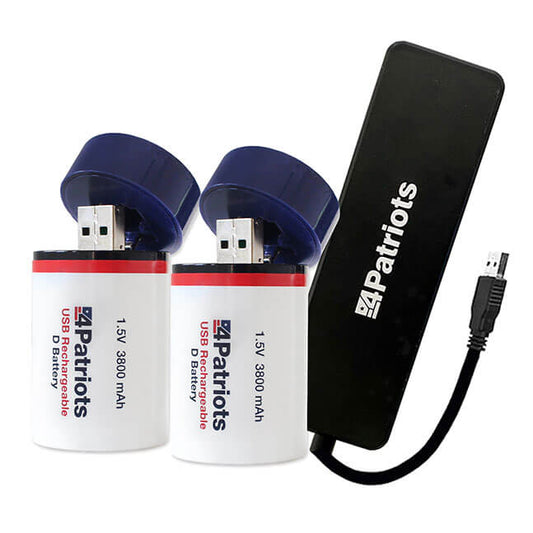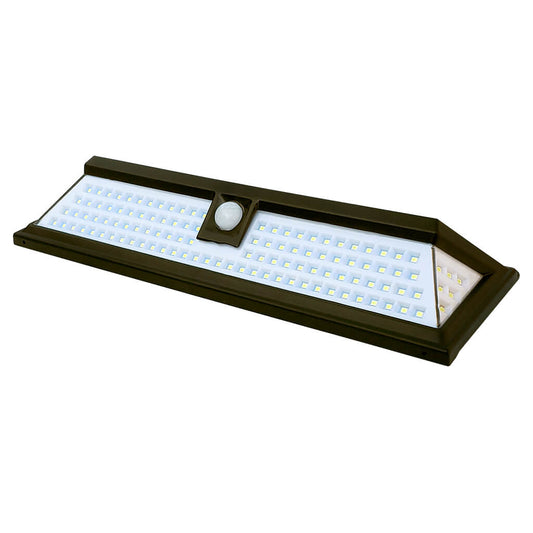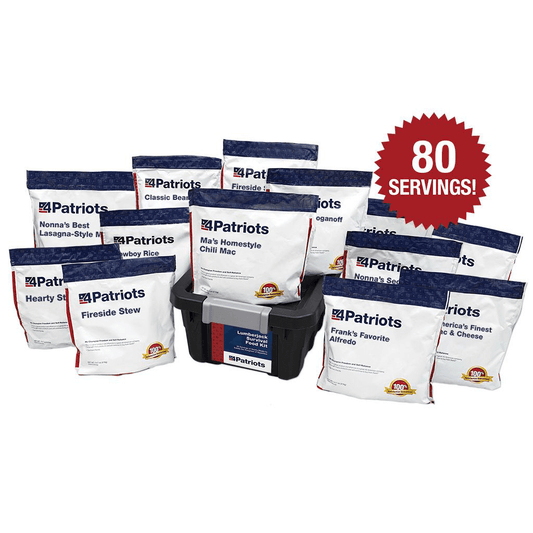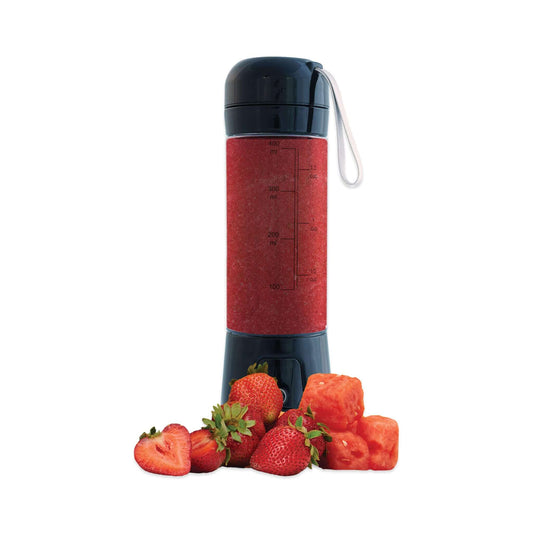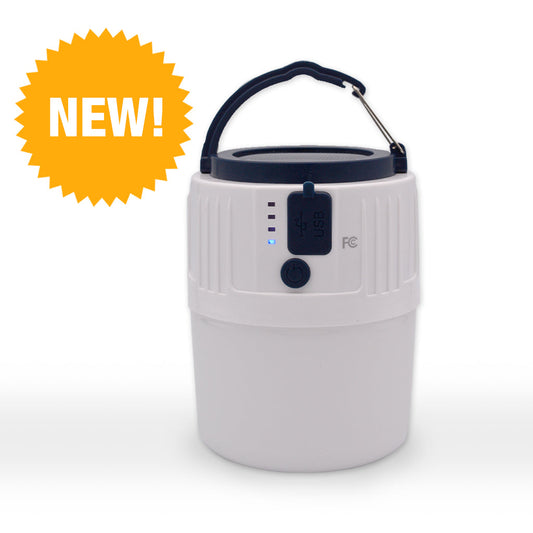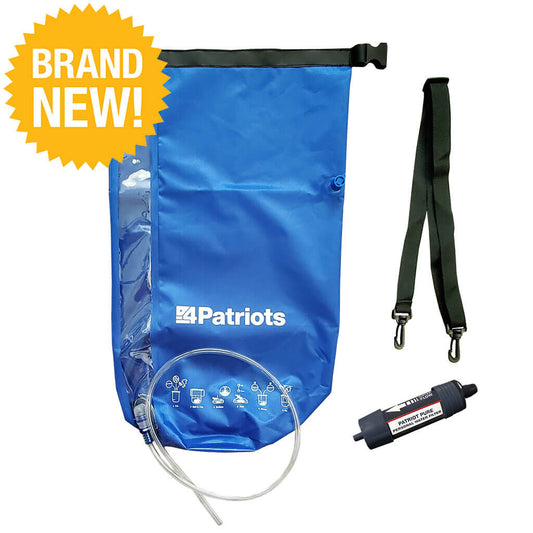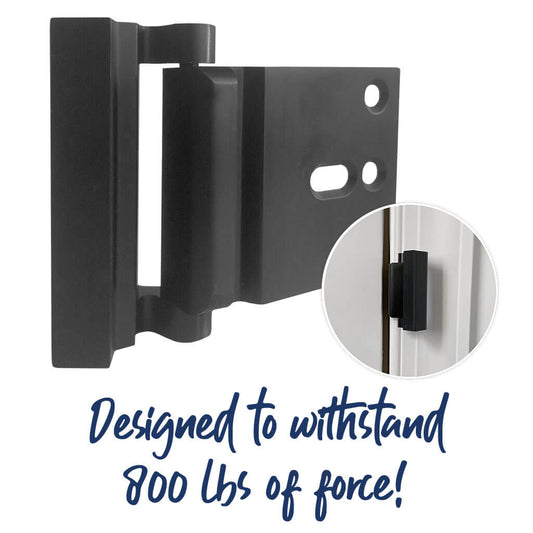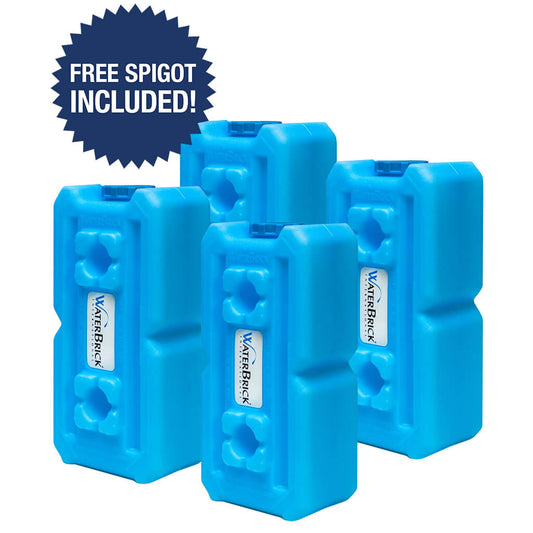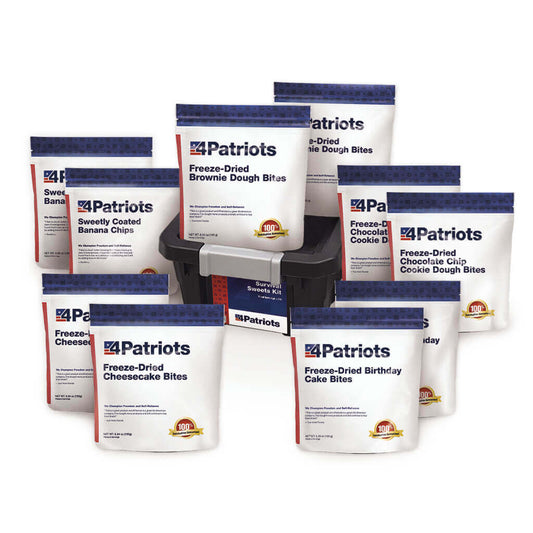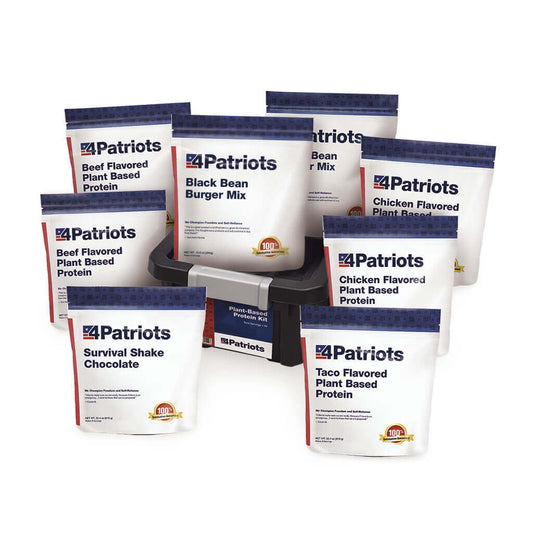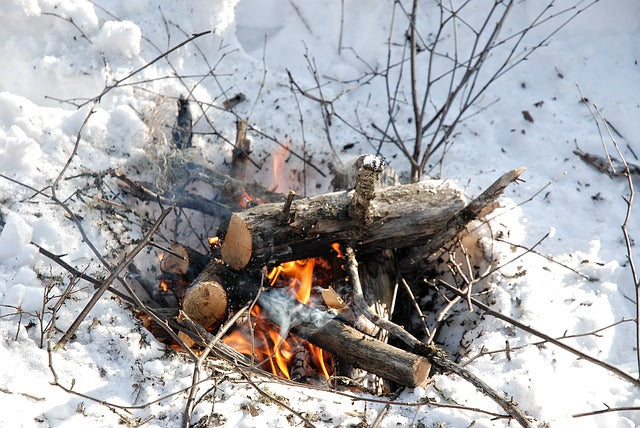
Camping and Surviving in the Frozen Mountains

The greatest thing about growing up and currently living in Colorado is the access to the incredible outdoors.
From an early age I learned to shoot, camp, hunt, fish, navigate, drive, and thrive in Mother Nature and the challenges she can present.
It proved to be a great foundation for my time in the SEAL teams.
One of my favorite things to do is to live off the land with the minimum amount of gear. Just my go-bag, a flashlight and the “essentials.”
So I want to discuss camping in the frozen mountains with little to no supplies; similar to if you found yourself in a life-threatening situation.
You just need the knowledge, have the right stuff, and the will to survive.
Once again you are in a situation where priorities dictate the key to survival in this cold weather environment. Be thankful that you are surrounded by an abundance of water.
That said exposure and hypothermia can kill you faster here than dying of thirst in the desert. It starts setting in when a person's body temperature drops from the normal 98.6 degrees F to about 95 degrees.
At 30 below zero, hypothermia can set in in about 10 minutes.
That said, you must tackle your survival priorities:
- Shelter
- Food
- Fire
- Clothing
- Water
Shelter
Your immediate concern is to get out of the cold, especially if you have wet clothes.
In this environment you have several shelter options that I will list from the most basic and expedient to a more advanced, longer-term one.
Remember with all of these shelters to cover the floor with pine needles or any other material. This will create a layer of insulation between you and the snowy ground and will prevent a large amount of body heat loss:
Natural Hollow is the ready-made shelter found at the base of a snow-covered pine tree. This will offer only limited protection from the elements but may be just enough for you to warm up while you decide your next step.
Be careful when entering and exiting not to dislodge the snow from the overhanging branches.
Lean-to is another simple shelter that uses a series of diagonal poles from strong branches to create a space below for shelter.
In this environment try to use an existing rock formation or several trees as the vertical wall that you will lean your branches against.
Once you have created the diagonal section you can cover it with additional branches to add to the protection below. Snow can be used to cover the branches for increased insulation.
Snow cave Look for a large snowdrift or snow-covered hillside and dig a small hole directly into it approximately 6’ then begin digging up. This will create a cold sink, which will allow the colder air in the snow cave to settle keeping the warmer air in.
Once you have gone up a couple of feet from your initial tunnel begin clearing out your area. This living space doesn’t have to be that large but you should be able to lie down.
Smooth out the roof and walls so it is a dome above you and punch a ventilation hole if you so desire although you will get plenty of ventilation through the entrance. Your body heat will cause the interior of the snow cave to harden.
Additionally, you can use backpacks or even ice blocks to close the entrance tunnel. Just make sure you keep the tunnel entrance clear of additional snow that may be falling.
A snow cave takes some time and effort to build but once done it can offer a relatively comfortable environment free from the wind with interior temperatures in the low 40’s.
In 2001 a fellow SEAL and I decided to attempt a winter summit of Mt Rainier as a training climb for Mt McKinley and ultimately Everest. Things were going great until the whiteout at 11,000’. We spent the next few days in a snow cave and even toasted the New Year with the airline bottle of Jack Daniels I brought along.
Fire
You are in a shelter but not out of danger. The chances that you are at least mildly hypothermic are great especially if your clothes are wet. You need to get your body temperature back up and those clothes dry. Although this snow and ice filled climate make things more challenging when starting a fire, it is still very doable.
- Find dry wood by breaking dead branches from nearby trees. Also strips of bark will be relatively dry and make a good form of kindling. Gather as much as you can on this trip so you will reduce the amount of time spent outside of the shelter.
- Dig a small pit. This will help protect your fire from wind.
- At the bottom of this pit create a base or platform by laying rocks or logs down side-by-side. This will keep the fire from melting into the snow and extinguishing.
- As with any fire start with the small stuff (kindling) and create a tepee style pile. The key is to start small and slowly build it up.
- Once the fire is going you can enclose a section of it by building a small wall with stones or ice blocks to further protect it from wind.
- To further increase the warmth of the fire you can build a fire reflector behind you with logs. This will actually bounce the heat back at you from behind.
Clothing
In a cold weather environment: “If you’re wet, you’re dead, and cotton kills!” If your clothes are wet they are removing body heat twice as fast as if you weren’t wearing any clothes at all. You need to get them off and get them dry.
Without burning them place them a couple feet above your fire. You can use branches or run an improvised clothing line around and above the perimeter of your fire.
Water
So given your situation, if there is anything to feel “lucky” about, it’s that you will have plenty of water to drink. But don’t just start eating snow. This will not only take more energy to melt, it will accelerate your chances of going into hypothermia. The best thing to do is find clean snow and melt it, which can be done in several ways.
- Snow Melter – is constructed using a large flat stone placed at an angle above the perimeter of your fire. Place the snow at the upper end and with stones guide the water into a collector at the bottom end.
- Water Maker – with a series of branches or a tepee style system, suspend a bag or cloth filled with snow near but NEVER directly over the fire. Under this bag place a collector. As the snow melts the water will collect below. If a shirt or cloth is used it will also help to filter the melted water.
Food
Animals are easy to track in a snowy environment. So your best bet is to hunt and start with the smaller ones first.
Using anything from wire to shoe laces you are going to set a series of snares. This is done by tying a slipknot in one end of your material slightly smaller than the hole of the animal.
Then anchor the other end of the line.
The animal will exit the hole and the snare will tighten around its neck.
Dinner.
Winter and extreme cold present unique survival challenges. But by taking a little bit of time to learn how to best tackle your survival priorities, similar to myself while winter camping, you'll find it's not all too difficult.
Be a survivor, not a statistic,
Cade Courtley
Former Navy SEAL / 4Patriots Contributor
Featured Products
- Regular price
- From $1,135.52
- Regular price
-
- Sale price
- From $1,135.52
- Unit price
- per
- Regular price
- $353.87
- Regular price
-
- Sale price
- $353.87
- Unit price
- per
- Regular price
- $3,548.69
- Regular price
-
$4,539.26 - Sale price
- $3,548.69
- Unit price
- per
- Regular price
- $3,551.54
- Regular price
-
$4,255.02 - Sale price
- $3,551.54
- Unit price
- per
- Regular price
- From $42.56
- Regular price
-
$170.26 - Sale price
- From $42.56
- Unit price
- per
- Regular price
- $3,551.54
- Regular price
-
- Sale price
- $3,551.54
- Unit price
- per
- Regular price
- $709.17
- Regular price
-
- Sale price
- $709.17
- Unit price
- per
- Regular price
- $41.21
- Regular price
-
- Sale price
- $41.21
- Unit price
- per
- Regular price
- $3,973.63
- Regular price
-
- Sale price
- $3,973.63
- Unit price
- per
- Regular price
- $42.56
- Regular price
-
- Sale price
- $42.56
- Unit price
- per
- Regular price
- $137.85
- Regular price
-
- Sale price
- $137.85
- Unit price
- per
- Regular price
- $7,104.49
- Regular price
-
- Sale price
- $7,104.49
- Unit price
- per
- Regular price
- $70.99
- Regular price
-
- Sale price
- $70.99
- Unit price
- per
- Regular price
- From $98.06
- Regular price
-
- Sale price
- From $98.06
- Unit price
- per
- Regular price
- $285.66
- Regular price
-
- Sale price
- $285.66
- Unit price
- per
- Regular price
- From $129.28
- Regular price
-
$184.68 - Sale price
- From $129.28
- Unit price
- per
- Regular price
- $1,419.76
- Regular price
-
- Sale price
- $1,419.76
- Unit price
- per
- Regular price
- $42.56
- Regular price
-
- Sale price
- $42.56
- Unit price
- per
- Regular price
- From $41.92
- Regular price
-
$44.04 - Sale price
- From $41.92
- Unit price
- per
- Regular price
- $183.33
- Regular price
-
- Sale price
- $183.33
- Unit price
- per
- Regular price
- From $38.37
- Regular price
-
$568.19 - Sale price
- From $38.37
- Unit price
- per
- Regular price
- $4,965.61
- Regular price
-
- Sale price
- $4,965.61
- Unit price
- per
- Regular price
- From $282.82
- Regular price
-
$292.05 - Sale price
- From $282.82
- Unit price
- per
- Regular price
- $142.05
- Regular price
-
- Sale price
- $142.05
- Unit price
- per
- Regular price
- $42.56
- Regular price
-
- Sale price
- $42.56
- Unit price
- per
- Regular price
- $12.78
- Regular price
-
$42.56 - Sale price
- $12.78
- Unit price
- per
- Regular price
- $142.05
- Regular price
-
- Sale price
- $142.05
- Unit price
- per
- Regular price
- $42.56
- Regular price
-
- Sale price
- $42.56
- Unit price
- per
- Regular price
- $85.20
- Regular price
-
- Sale price
- $85.20
- Unit price
- per
- Regular price
- $17.03
- Regular price
-
$42.56 - Sale price
- $17.03
- Unit price
- per
- Regular price
- $63.88
- Regular price
-
$63.88 - Sale price
- $63.88
- Unit price
- per
- Regular price
- $35.46
- Regular price
-
$70.99 - Sale price
- $35.46
- Unit price
- per
- Regular price
- $163.36
- Regular price
-
- Sale price
- $163.36
- Unit price
- per
- Regular price
- $268.60
- Regular price
-
- Sale price
- $268.60
- Unit price
- per
- Regular price
- $709.17
- Regular price
-
- Sale price
- $709.17
- Unit price
- per
- Regular price
- $85.20
- Regular price
-
- Sale price
- $85.20
- Unit price
- per
- Regular price
- $56.78
- Regular price
-
- Sale price
- $56.78
- Unit price
- per
- Regular price
- $85.20
- Regular price
-
- Sale price
- $85.20
- Unit price
- per
- Regular price
- $28.35
- Regular price
-
- Sale price
- $28.35
- Unit price
- per
- Regular price
- $142.05
- Regular price
-
- Sale price
- $142.05
- Unit price
- per
- Regular price
- $98.06
- Regular price
-
- Sale price
- $98.06
- Unit price
- per
- Regular price
- $20.28
- Regular price
-
$31.19 - Sale price
- $20.28
- Unit price
- per
- Regular price
- $213.11
- Regular price
-
- Sale price
- $213.11
- Unit price
- per
- Regular price
- $113.62
- Regular price
-
- Sale price
- $113.62
- Unit price
- per
- Regular price
- $56.78
- Regular price
-
- Sale price
- $56.78
- Unit price
- per
- Regular price
- $163.36
- Regular price
-
- Sale price
- $163.36
- Unit price
- per
- Regular price
- $56.78
- Regular price
-
- Sale price
- $56.78
- Unit price
- per
- Regular price
- $142.05
- Regular price
-
- Sale price
- $142.05
- Unit price
- per
- Regular price
- $35.46
- Regular price
-
- Sale price
- $35.46
- Unit price
- per
- Regular price
- $35.46
- Regular price
-
- Sale price
- $35.46
- Unit price
- per





